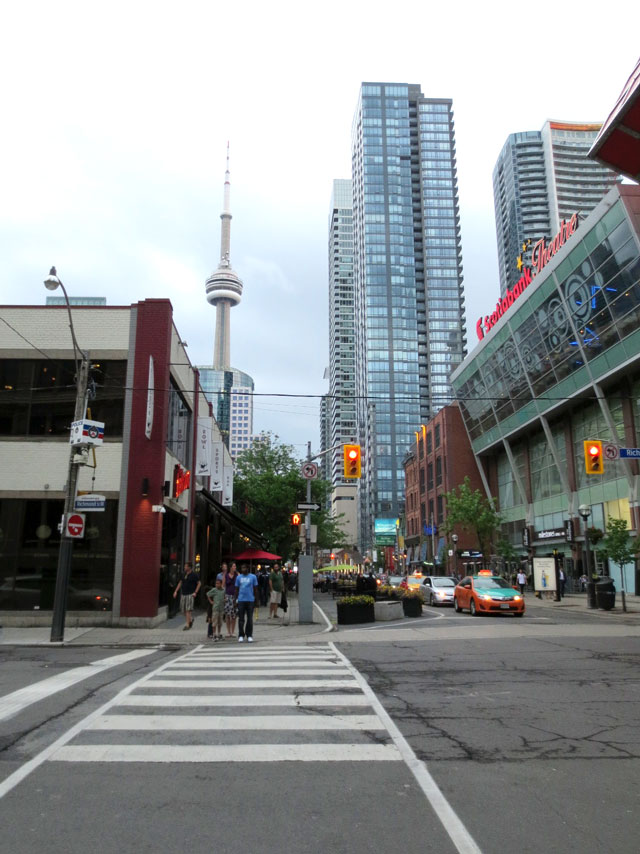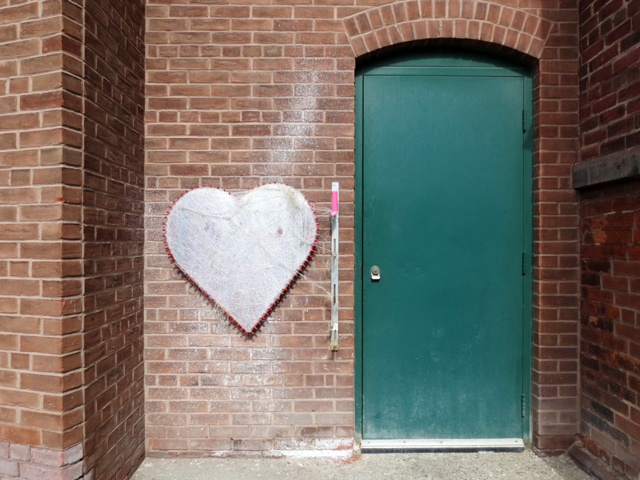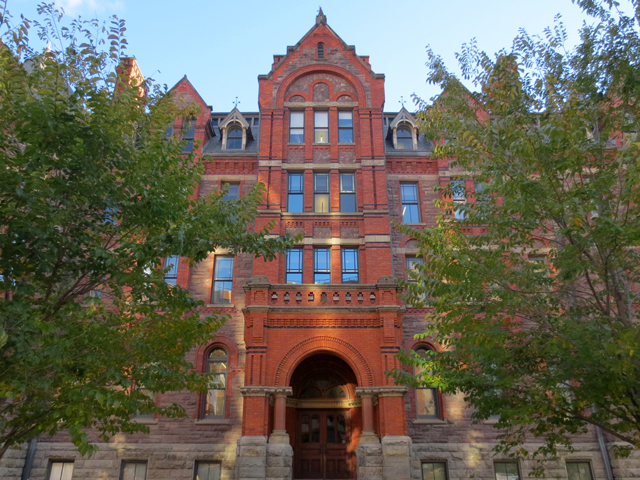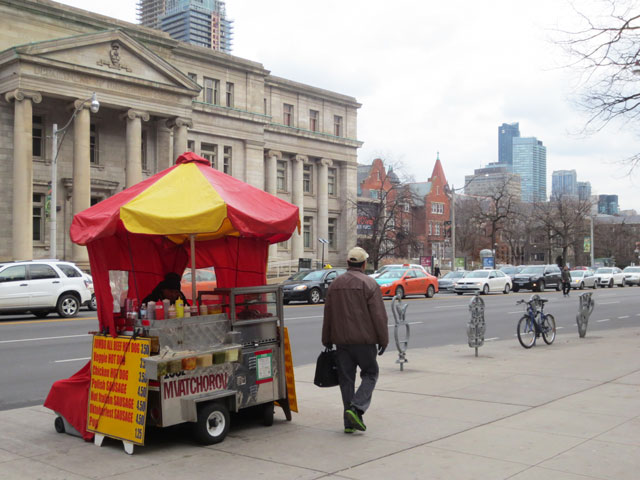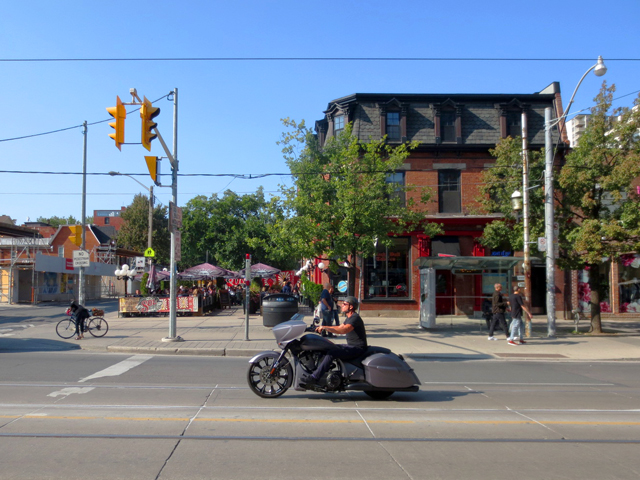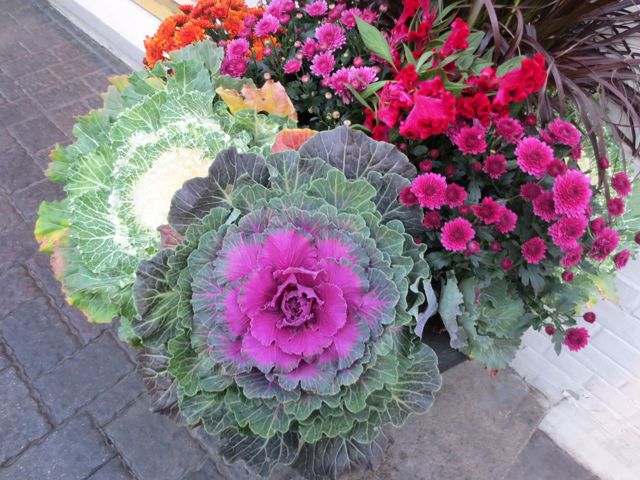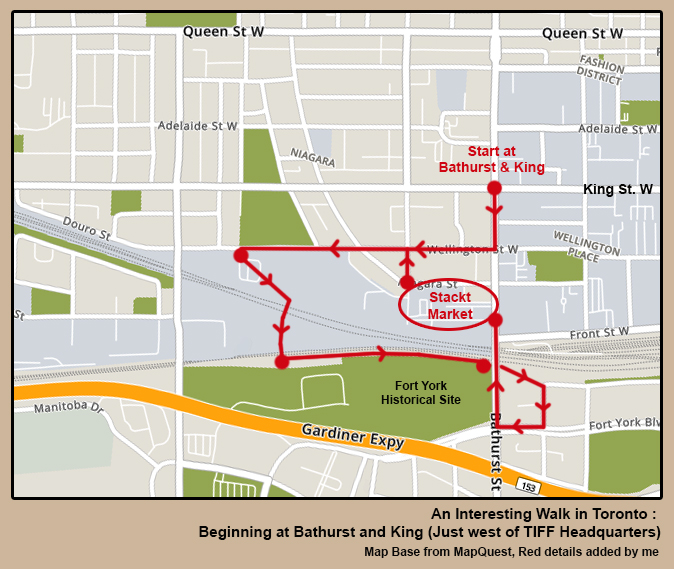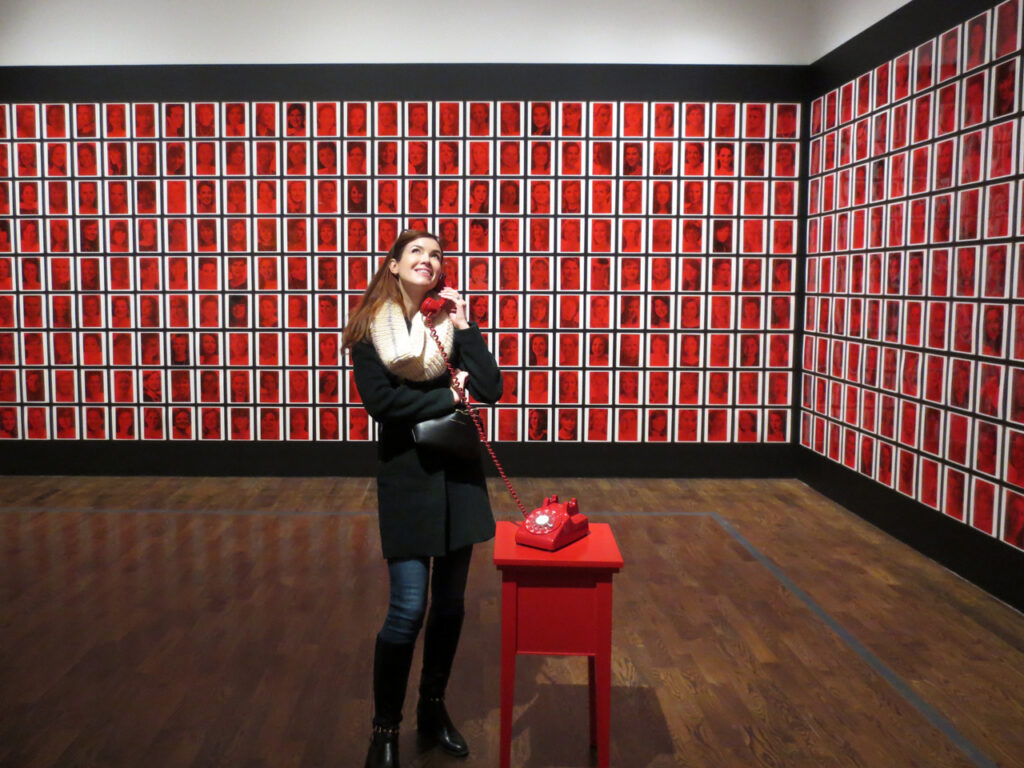Walk With Me : Toronto’s Bloor Street Culture Corridor
Hello! So, the excitement of The Toronto International Film Festival is upon us, and given there many visitors in the city for this popular event, I thought it would be a good time to recommend an interesting walk and give a brief description of the sights along the way.
The walk I’ve documented is a pretty long one, covering two distinctly different areas of Toronto, so I’m going to divide this into two parts. This is Part I, covering Bloor Street West, between Spadina on the west and Bay on the east, with a quick side excursion to check out a park in Yorkville. There are subway stops at each end of the route and a couple along the way, so the choice for a longer or shorter jaunt is yours.
Today we cover a section of Bloor Street West that, since 2014, has been called The Bloor Street Culture Corridor, based on the fact that quite a number of cultural and art related organizations are located along there.
To quote wikipedia, “The Bloor Street Culture Corridor has a wide variety of art genres, from museum experiences to films, art exhibitions to music concerts. The area also is culturally diverse, including Aboriginal, French, Jewish, Italian, Japanese, Estonian, African and Caribbean arts and culture.”
Unlike a previous post found here, written specifically with visitors to TIFF in mind, taking walkers from Kensington Market to the heart of the festival at John Street and King Street West, (where the TIFF Theatre and “Festival Street” are located), the two walks (or one long one) covered in these two posts won’t take you by any of the theatres where films are showing. However, I believe there are TIFF parties hosted in the area, and there are many hotels located in the vicinity, so there’s a high likelihood that you’ll be in the vacinity. Or, you might just want to take a break between films to stretch your legs and look around an interesting part of the city. If you’re into shopping, than you’ll be in the right place!
My good friend Stella joined me for this exploration, so there’ll be some shots of us thrown in here too! We stopped for brunch at a newly refurbished spot, which was attached to Toronto’s newest boutique hotel, so we’ll take a look at that, as well.
If you’d like to continue down Yonge street to College Street, please come back next week for Part II because Stella and I kept right on going!
I hope you enjoy your walk …

↑ Today we’re covering the sights along Bloor Street (the line going from east to west). You might want to open a separate tab with this image, as there’s some scrolling coming up. ↑
Descriptions will precede the photographs at each stop.
( 1) – University of Toronto Schools – an independent (private) high school, affiliated with the university, built in 1923. The plural in “schools” is because they’d originally begun with two, one for boys and one for girls. If you’re curious, tuition is $25,000 per student this year.
( 2) – Bloor Street United Church built in 1890. I pretty sure this is an example of Gothic Revival architecture, imitating the look of much older European churches.
( 3) – The Fortunate Fox, where we had brunch. Brand new renovation of the former Fox and Fiddle Pub, which had been there for decades.
I had the Smoked Salmon Eggs Benedict and Stella had the Portobello Mushroom Burger. It was a comfortable sun-filled space, with good food and very friendly service.

↑ Those potatoes were so good! ↑
The restrooms are a “must-see” as they are located right within the connected brand new boutique hotel Saint George, which used to the a Holiday Inn (in fact, Google Street View still shows the old hotel building and restaurant). What a transformation! What we saw of it looks really nice. Check out the images of the rooms in the link, if you’re into luxury hotels.

↑ On the way to the restrooms, within the common area of the adjacent Saint George Hotel. The bicycle is available for guests of the hotel to borrow. ↑

↑ In the small but fancy foyer at The Fortunate Fox Pub ↑
( 4) – The Bata Shoe Museum. I don’t think there are many museums in the world dedicated soley (hehe) to shoes, but there’s one here. I’ve been a few times and it’s really neat. In addition to their permanent collection of remarkable footwear, spanning the ages and the world, they currently have a special exhibition on called “Manolo Blahnik : The Art of Shoes”, running until January 6, 2019.
( 5) – Gooderham Home (formerly). A mansion on St. George, just north of Bloor, built in 1889 for George Gooderham (1830-1905) and his family. He was the son of William Gooderham, one of two founders of Gooderham and Worts, better known today at The Distillery District. George ran the distillery after his father retired.
(I wrote a detailed post about this remarkable historic part of the city recently, which can be found here.)
While the patriarch, William, and his wife chose to live in a home right within the the distillery grounds, the son decided to have this massive mansion built. An interesting point about the home, located as it is at St. George and Bloor Street, is that it’s quite far away from the distillery district, located over 5km away, at the foot or Parliament, especially considering that, at the time, horse drawn carriages, driven along mucky roads, would have been the means of transportation. However, back then, this location for the mansion would have been quite prestigious and was the site of choice by many prominent Toronto families. It goes to show that long commutes are not a new thing in the city!
George Gooderham’s widow sold the house to a private social club, The York Club, in 1910, a few years after her husband’s death. They’ve remained there for the 108 years since.
Apparently, Mrs. Gooderham liked the neighbourhood though, as she bought herself a smaller home just up the street on St. George. She was named Harriet which, coincidentally, was also her husband’s mother’s name.

↑ As seen from the side that runs along Bloor Street ↑
( 6) – The Observatory (formerly), for the Dominion Meteorological Services, built in 1909. Now this is part of the University of Toronto. The original circular tower was built to house a telescope used in early weather forecasting. The dome and the heavy masonry core that stabilized the telescope were removed when the building was renovated in the early 30s.

↑ A bonus shot because it’s too good not to include! ↑
( 7) – Varsity Stadium, University of Toronto sports stadium, established in 1911. The men in the historic photo above are in the middle of the stadium grounds.
( 8) – The Royal Conservatory of Music, (with Koerner Hall attached to the west). Originally called McMaster Hall and opened in 1881, it was financed by Senator William McMaster as a Baptiste Divinity School. McMaster University later moved to the city of Hamilton, and the University of Toronto took it over in 1936.
In 1963, The Royal Conservatory of Music moved into the building and have been there ever since. It was restored in the mid 2000s, at a cost of $5 million donated by former alumni of the conservatory, Mr and Mrs. Ian Ihnatowycz. Today, the historic portion of the whole property (this old part, as opposed to the newer one that houses Koerner Hall), is called Ihnatowycz Hall.
It is said to be haunted!
The state-of-the-art music hall, Koerner Hall, which is attached to the historic building, was beautifully done, so you can see the side of old building as you enter the new one. You can see the side of the building I’m referring to in the historic photograph of Varsity Stadium above.
My friend Isabel works at The Royal Conservatory, so I luckily got a tour inside a couple of years ago, which I wrote about in this post, if you’d like to see inside.

↑ If you have the urge to tinkle the ivories, there is a public piano across from The Conservatory, courtesy of Remenyi House of Music. ↑
( 9) – Royal Ontario Museum, also known at The ROM, on the south-west corner of Bloor Street and Avenue Road. It opened in 1914, and is one of the largest ‘world culture and natural history museums’, with 6 million items held within 40 galleries. The modern section, named ‘The Michael Lee-Chin Crystal’, opened in 2007. Currently, there is a (creepy looking) exhibition on spiders there, in addition to the regular attractions. It will be on until January 6, 2019.
(10) – The Lillian Massey Building is currently being restored. It was erected in 1908-1912, originally called ‘The Lillian Massey Department of Household Science’. Lillian Massey (1854-1915), a Canadian member of the prominent Massey family, who was a philanthropist and educator.
If you’d like to see this beautiful building without its wrappings, there are some shots of it in this post.
(11) – Church of the Redeemer opened in 1879. What makes this little church particularly interesting is the way it is nestled in there, amid modern buildings.

↑ This is an older photograph taken from the corner the museum is on, but I wanted to include it so you can see how it is tucked right in. ↑

↑ A shopper’s dream comes true if you continue eastward from here to Yonge Street. It’s a strip nicknamed the Mink Mile and it is where all the finest boutiques in the city reside, including shops for many major designers. ↑

↑ Turning around and looking back westward. See The Observatory there, on the far left, and The Conservatory beyond it?

↑ Not taken from the same angle, but I’ve included it to show you that the building in the preceding historic photo is still there (on the right). ↑
Stella and I turned and went a block north from here, to Cumberland Street which we following into Yorkville. There are also many luxury shops there, however, we weren’t shopping. Rather, we went to check out the small but interesting park that’s on the south side of Cumberland.
(12) – The Village of Yorkville Park opened in 1994 and features a series of gardens that reflect the diversity of the Canadian landscape. It’s a lovely spot dominated by a 700 ton granite “hill”, painstakingly brought down to the city, piece by piece.

↑ Sassafraz, located right across from the eastern edge of the park, has been there since the 60s, long before Yorkville became the affluent neighbourhood it is today. ↑

↑ While not the exact same building, the restaurant above resides within a similar one. These homes were located only several metres east from where we were. That man was looking right toward where Sassafraz is.↑
From there, we headed down Bellair Street, back to Bloor Street.
(13) – Holt Renfrew (with the pink flags) … a must-see for shoppers. It’s a high-end Canadian department store, founded over 180 years ago in 1837.
(14) – Indigo Book Store. This location, within The Manulife Centre, is one of two big “mainstream” bookstores left downtown. Their second one at the Eaton’s Centre. Stella wanted to pick up a book for her mom (Anthony Bordain’s Kitchen Confidential). We saw that the place was in the midst of a major renovation, so lovers of hard-copy books will be happy to know that they plan to stick around.
And that brings us to the end of “The Culture Corridor”. Thank you for joining us! I’ll see you early next week for a look down Yonge Street.
Wishing you a great weekend,
xo loulou






































